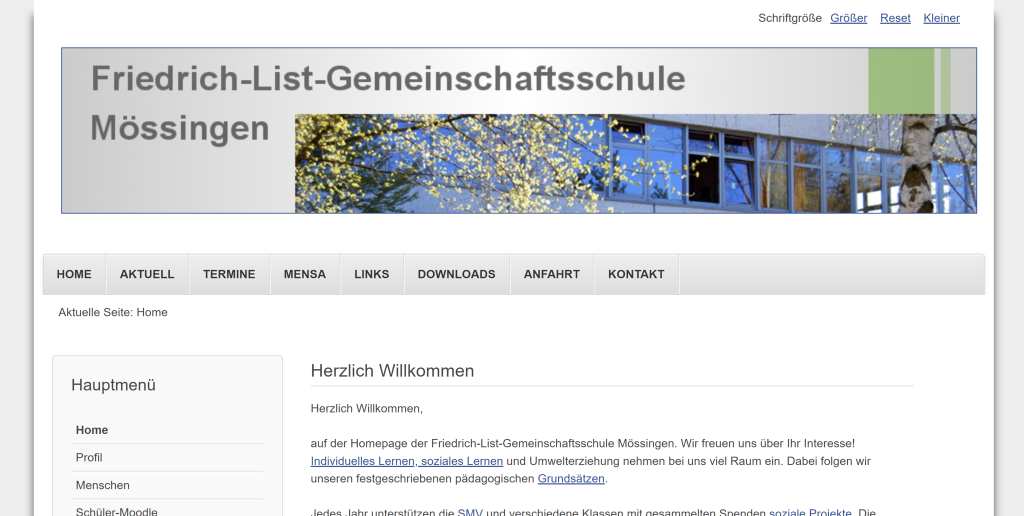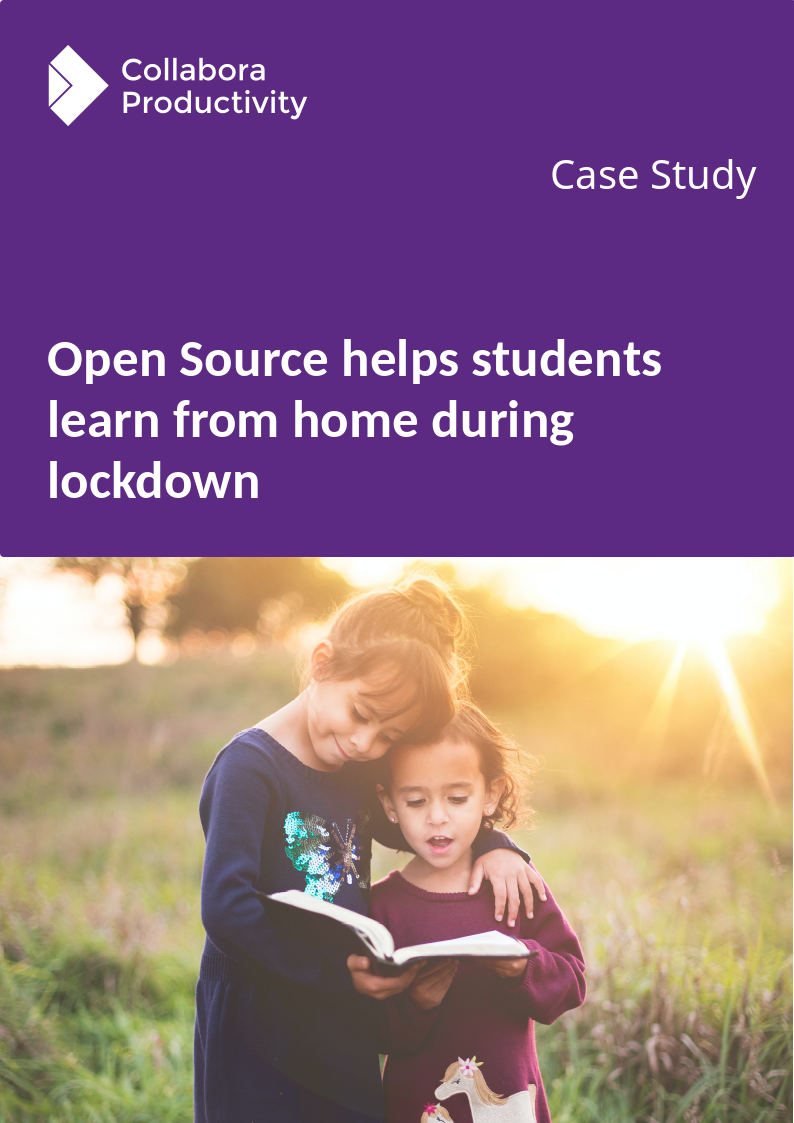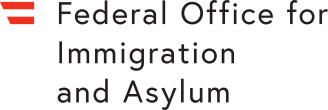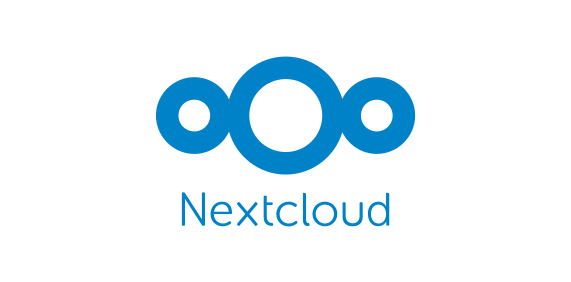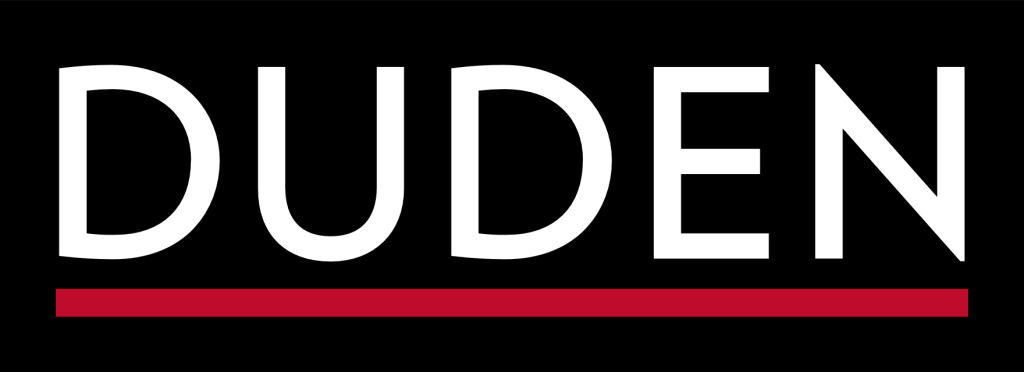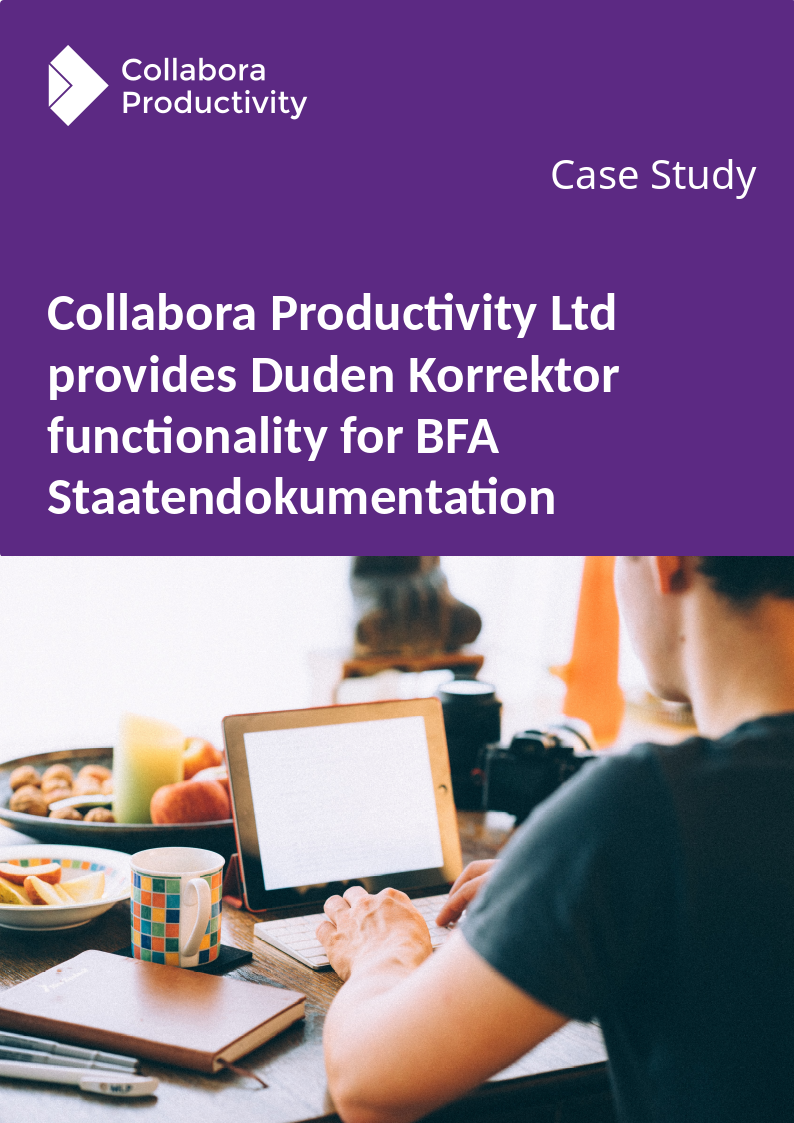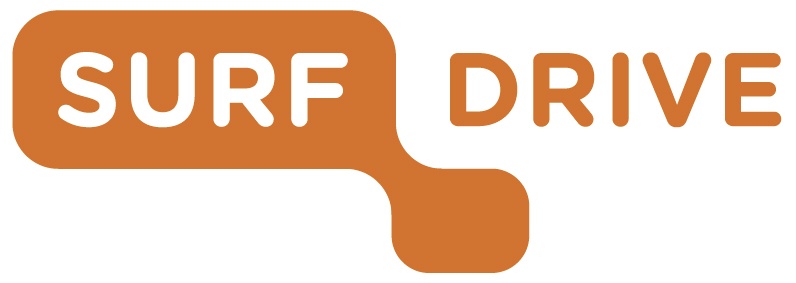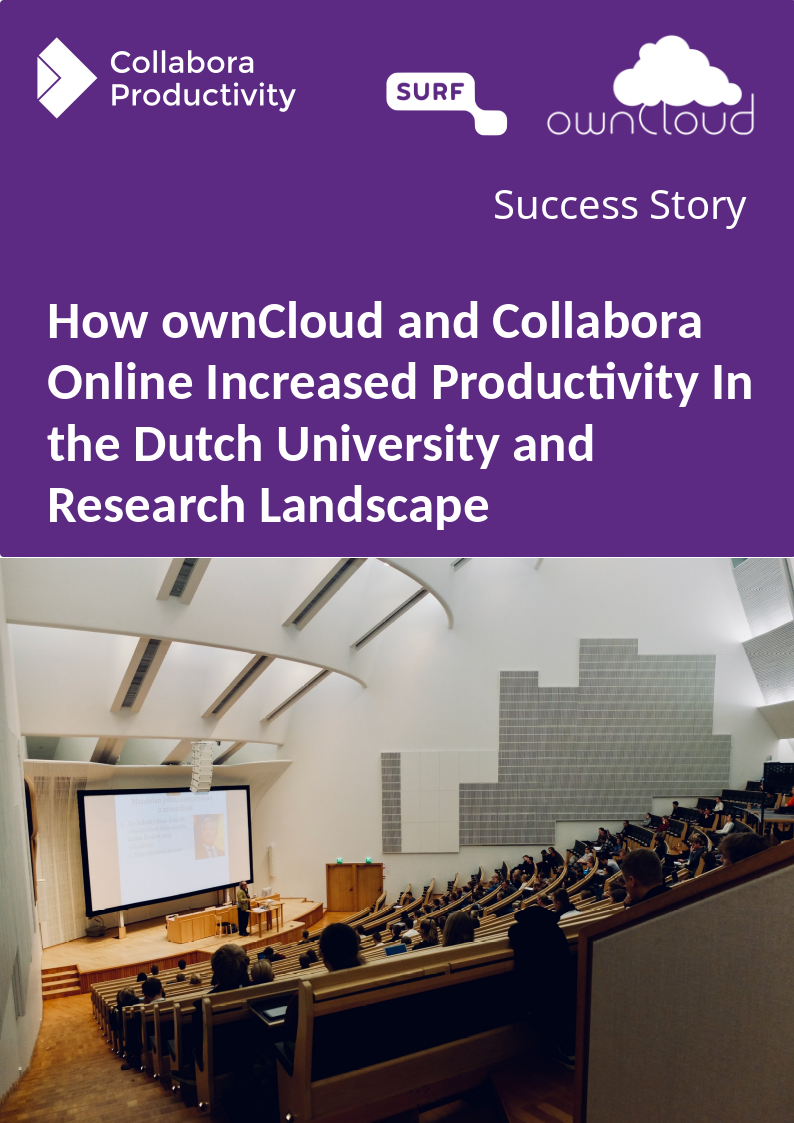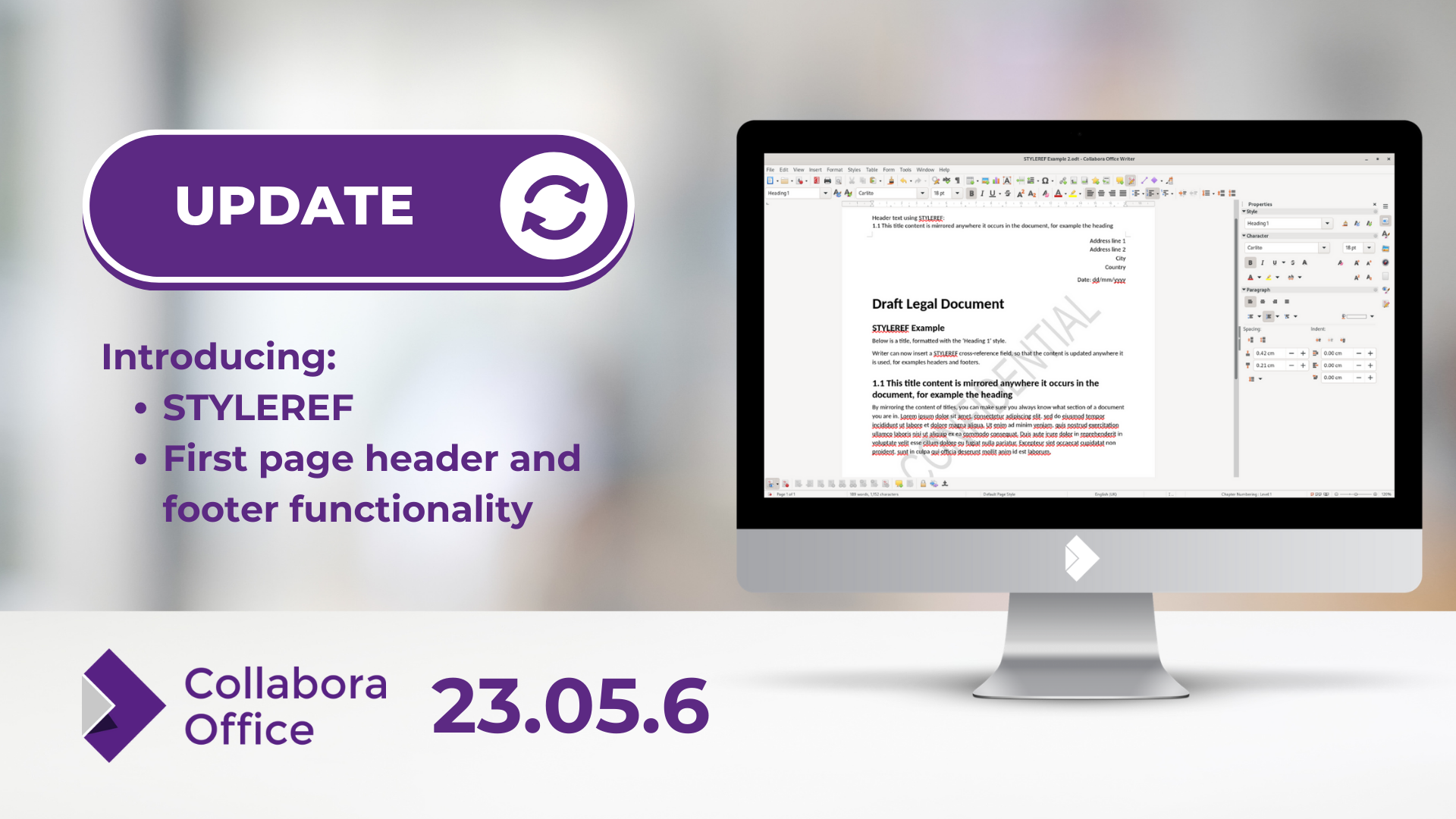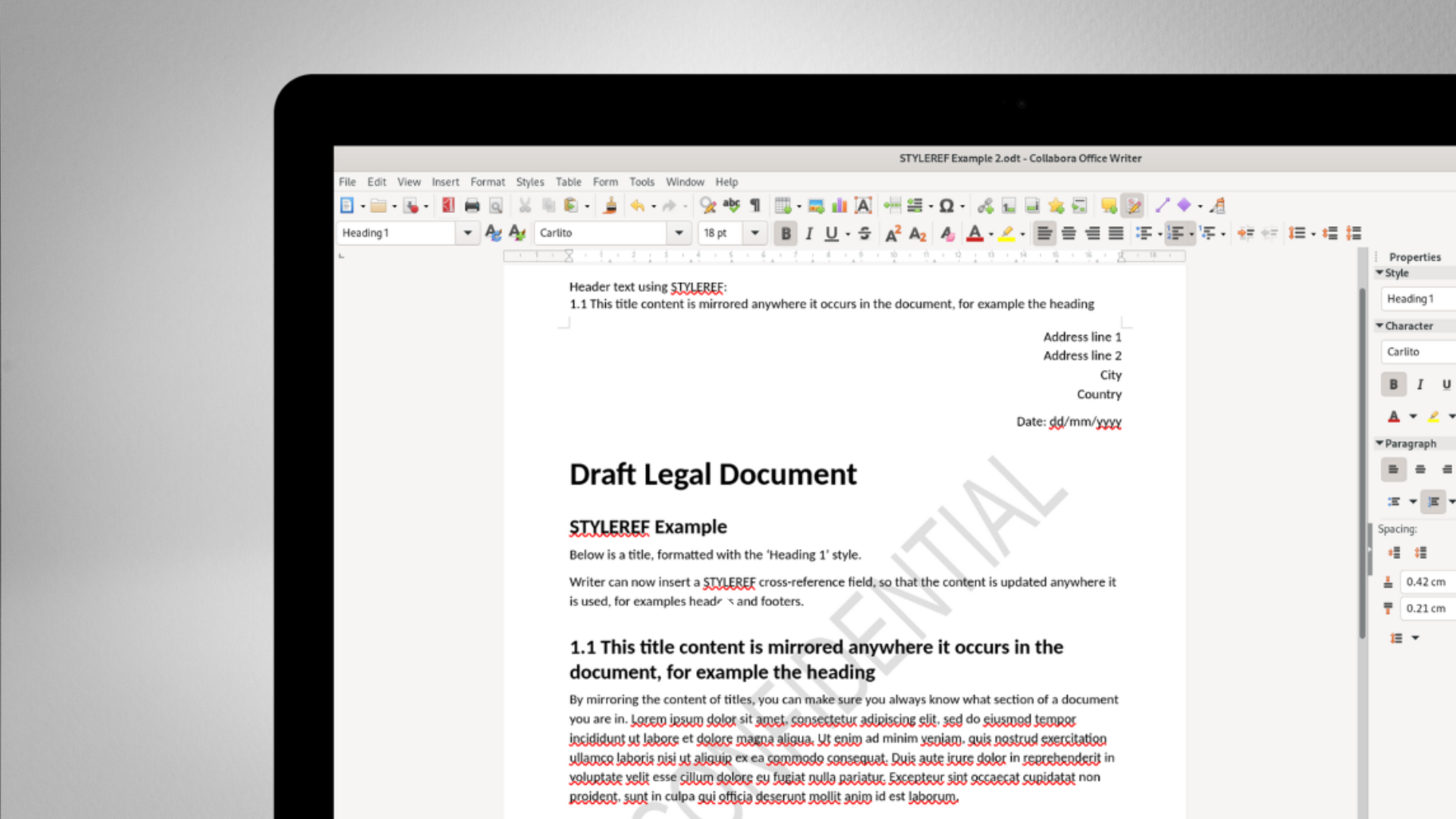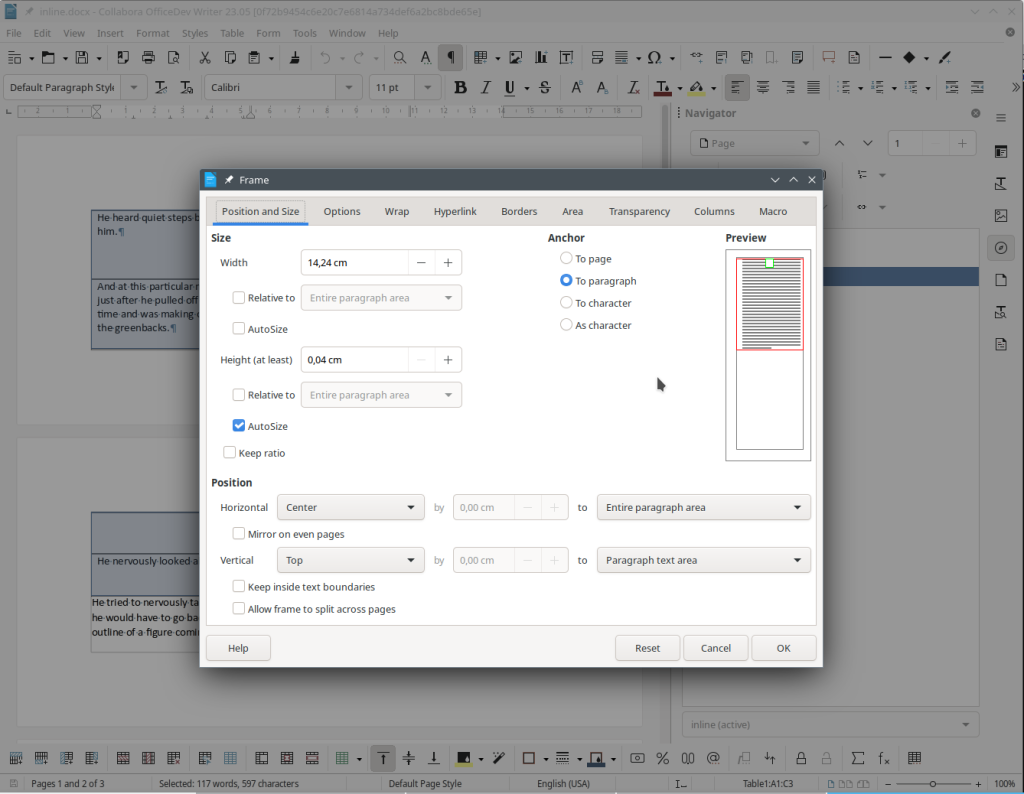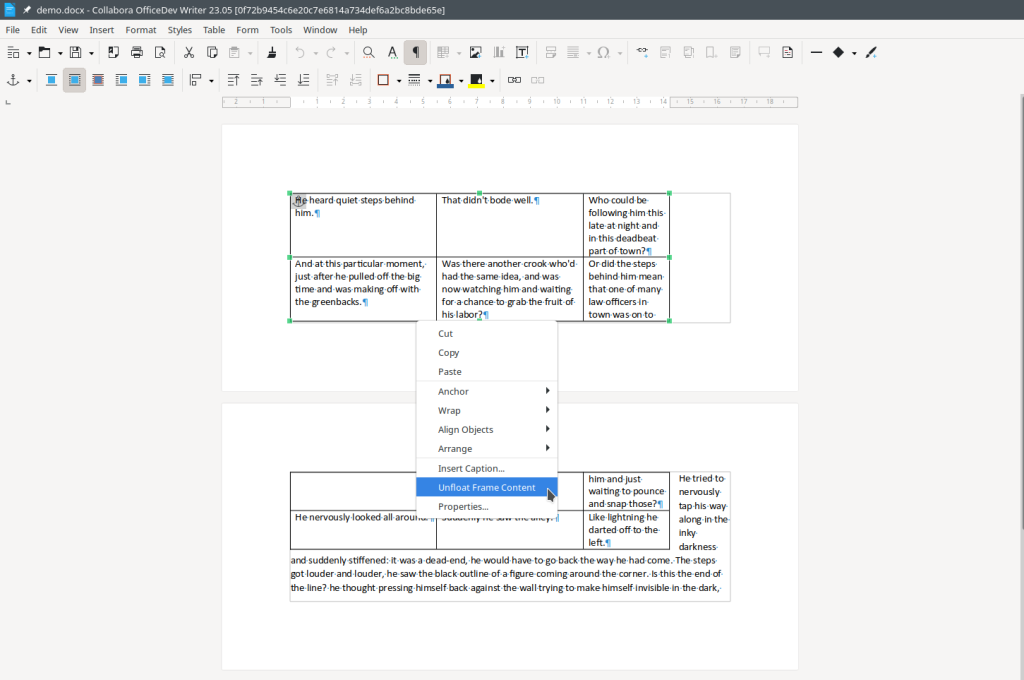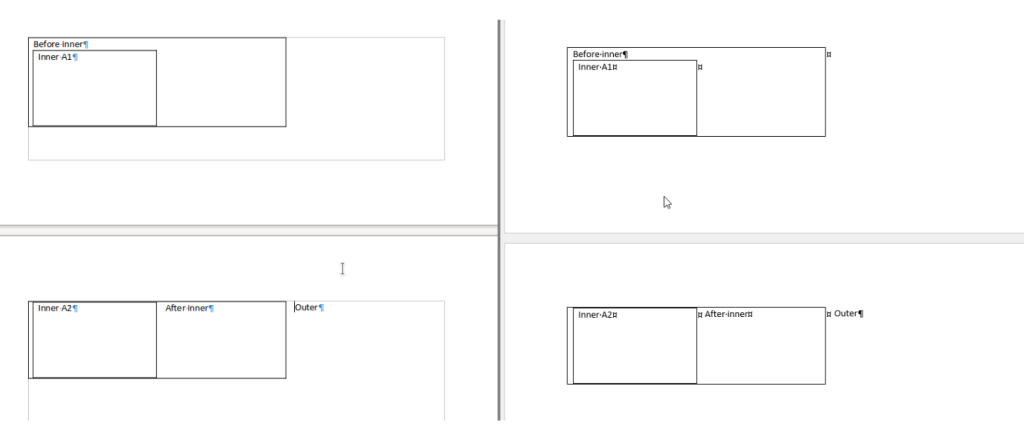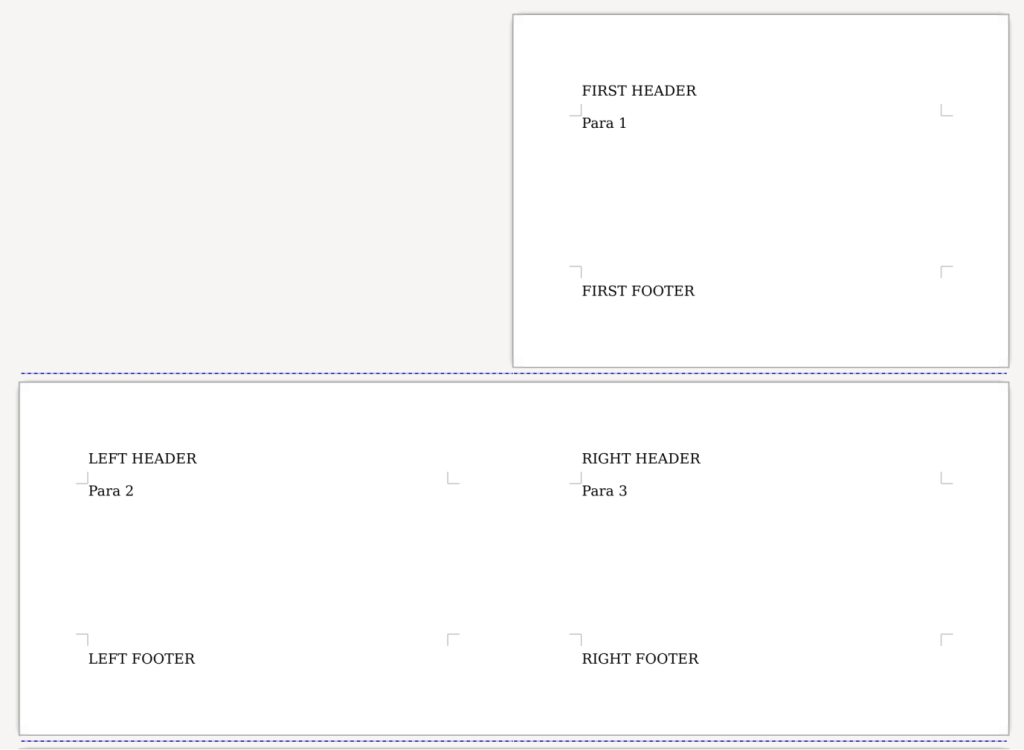During the global pandemic, the Friedrich-List-Gemeinschaftsschule in Mössingen, Germany, seamlessly embraced the challenge of transitioning to online learning. Throughout this process, privacy, reliability, and accessibility were held up, with an open-source strategy leveraging Collabora Online as a vital component of their educational toolkit.
“It simply works. And it is reliable. That is crucial for us. In combination with Nextcloud, it works wonderfully and is very performant.”
– David Binder, teacher and IT officer
Embracing Open Source for Education
The Friedrich-List-Gemeinschaftsschule has long been an advocate for open-source solutions, fostering an environment where students are prepared not only for academic challenges but also for the demands of a rapidly evolving digital world. With a robust IT infrastructure based on free software, including Linux clients and LibreOffice, the school was well-positioned to address the sudden shift to online education triggered by the global pandemic.
Reliability and Security as Key Factors
What sets Collabora Online apart for the Friedrich-List-Gemeinschaftsschule is its reliability and security. With approximately 70 teachers and 600 students actively using the platform, Collabora Online has seamlessly become part of the school’s everyday workflow. The software’s integration into the existing infrastructure, coupled with its commitment to data and document security, has provided the school with a reliable and privacy-conscious solution for online collaboration.
Collabora Online for Educational Empowerment
In an educational landscape where flexibility, reliability, and privacy are paramount, Collabora Online stands out as a tool that empowers both educators and students. Its usage at Friedrich-List-Gemeinschaftsschule showcases the adaptability of Collabora Online in addressing the unique challenges of modern education. As institutions continue to navigate the complexities of online learning, Collabora Online proves to be a reliable and secure solution, contributing to the evolution of education in the digital age.
Download the Full White Paper
Explore the full details of how Collabora Online enhances secure collaboration within educational institutions. Dive into the full white paper to uncover the benefits and insights.
Case Study
“Open Source helps students learn from home during lockdown”
